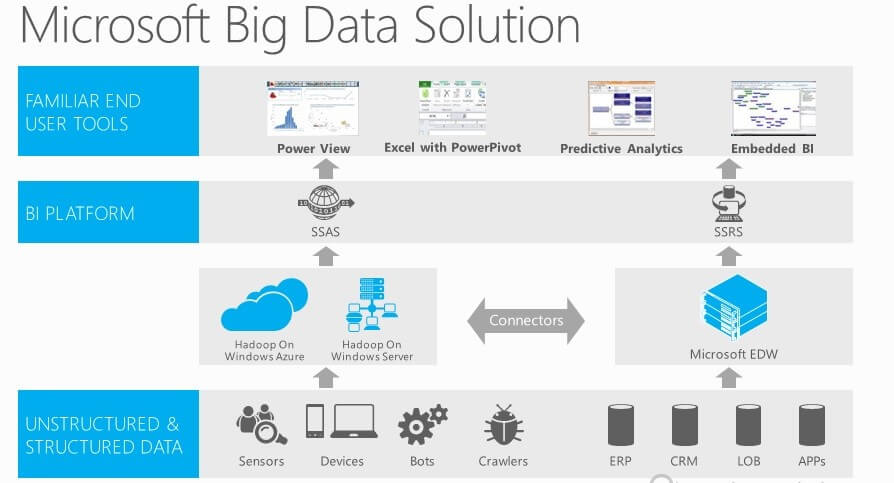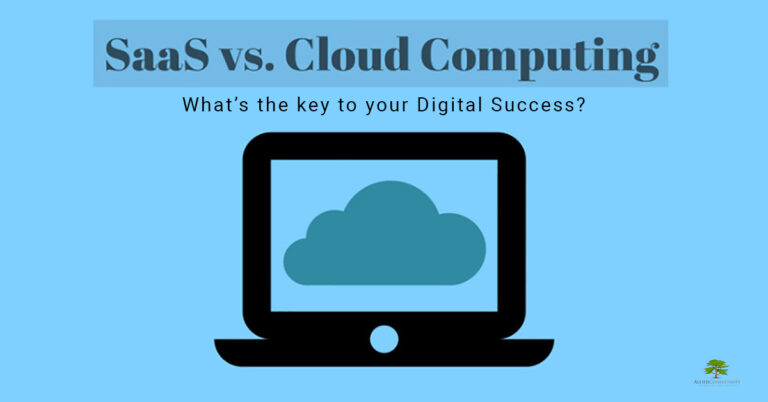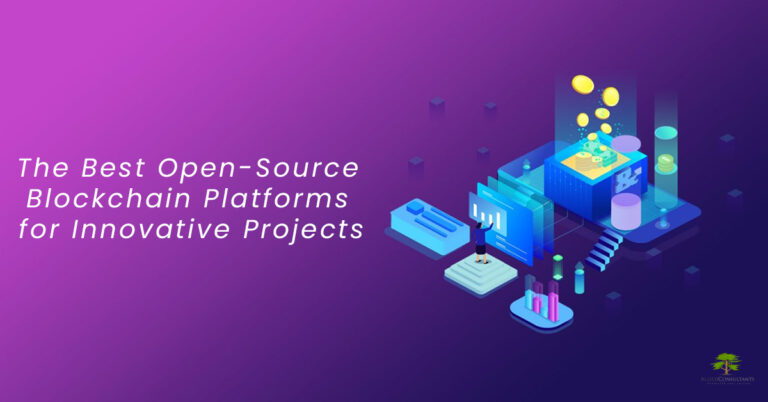Big Data (Generic)
The Big Data solution consists of an Azure Hadoop port and/or Microsoft SQL Server PDW. Big Data adoption is usually triggered by:
- Very large volumes of data. These usually originate in either financial data (transaction level), device data (IoT) or Social media data (twitter, facebook etc).
- Diverse content formats. Most of the organization’s knowledge base is unstructured data like videos, word docs etc. Big Data technology is required to unlock these.
- High velocity data. Conventional BI, especially in the Microsoft stack, relied on offline batch processed to crunch numbers. With rapidly changing data, the need for real-time analytics through big data has become apparent.
Key Features:
- Ability to process a massive amount of data
- Ability to process unstructured data
- Ability to high velocity (frequently changing data
- Cross reference data with existing operational and data warehouse data.
- Rich, self-service BI for customers
- On demand server usage. If you analyze once a day for 30 minutes, you pay for 30 minutes.
Common usage scenarios
- Social media sentiment analysis: Analyze and engage customers in social media when they have something negative to say about your product
- Predictive analytics: Discovering un-obvious patterns from data for e.g. Monitoring device data can tell you it is about to break down before it does.
- Deeper customer insights: Retailers can spot purchasing patterns based on demographic information, purchasing history, environmental factors etc.
- Government and Politics: Deep insight into constituency issues, demographic, political inclinations etc.
- Healthcare: Enhancing and automating disease diagnosis. Infectious disease propogation. Monitoring patients at home, doctor performance measurement.
Technologies
- Open Source (Hadoop, etc.)
- SI (Hortonworks, BigSQL, Microsoft Azure)
Tags
KEY BENEFITS

- Sales and Marketing improvements through better customer insight
- Better product quality for manufacturing concerns
- Fewer machine outage
- Fine grained observation.
Explore how IT can help your business by
- Energy
- Border and Identity management
- Mining and Oil & Gas Extraction
- Telecommunications
- Pharmaceuticals and Healthcare
- Media and Publishing
- Chemicals
- Agriculture and Forestry
- Textile
- Electronics and High Tech
- Wholesale and Distribution
- FMCG
- Banking and Finance
- Automotive
- Insurance
- Retail
- Government and Public service
- Real Estate & Construction
- Non-Profit
- Freight, Logistics, Transportation & Warehousing
- Healthcare
- Accomodation and Food
- Construction & Engineering
- Education and Research
- Entertainment, Recreation and Arts
- Manufacturing
- Miscellaneous
- Professional and Technical Services
- Law services
- Utilities
- Travel and Tourism
- Finance and Accounting
- Human Resources
- Procurement, Supplier and Outsourcing
- Property and Facility
- Quality Improvement and Innovation
- Supply Chain, Inventory and Logistics
- Support
- Project Management and governance
- Operations
- Information Technology
- Manufacturing
- Sales and Marketing
- Improving Asset Efficiency
- Inventory
- PP&E
- Receivables & Payyables
- Increase Operating Margin
- COGS
- Income Taxes
- SG&A
- Managing Market Expectations
- Revenue Growth
- Price Realization
- Revenue Volume
- Business Intelligence
- BigData
- Enterprise Application Integration
- Internet Of Things (IoT)
- Mobile
- SharePoint
- Virtual Reality
- Web
- Collaboration
Explore how IT can help your business by
- Government and Public service
- Real Estate & Construction
- Non-Profit
- Freight, Logistics, Transportation & Warehousing
- Healthcare
- Accomodation and Food
- Construction & Engineering
- Education and Research
- Entertainment, Recreation and Arts
- Manufacturing
- Miscellaneous
- Professional and Technical Services
- Law services
- Utilities
- Travel and Tourism
Recent Blogs
Straddling these two worlds makes for a hell of a person. It’s a fire sign and ruled by the headstrong Ram, making them stand their ground and refuse to be pushed around. Conventional family values are something they strictly follow, for example https://astrozella.com/may-taurus-vs-april-taurus/. So, she will do anything within her means to ensure it clings to every chance that pops up in her career.
If that’s not enough, you can share photos on social media and do more, thanks to IFTTT. There were a ton of backpackers there on longer term trips also interested in hanging out, tons of cheap activities and cheap steak so people can do stuff together easily, and even stayed at a hostel with free wine! Because they are an active dog breed, the Vizsla needs something to keep them busy if they are left alone – like a puzzle treat box or a proper dog toy more info. It’s no surprise, but summer is peak tourism season for Kennebunk, Kennebunkport, and the surrounding area, and like most of Maine’s coastal towns, the Kennebunks turn into sleepy towns in the winter.
The cup should encompass your breast and provide a smooth transition from bra to breast, with no skin squeezing out of the top. The wings stimulate your lateral clitor. The shape of the toy and the weight of the steel do a lot of the work for you https://kinkazoid.com/male-masturbators/. A DIY pussy will help you reach the climax, but it can’t be compared to the one you can get with professional models from Spider, Meiki, Fleshlight or Rends.
For women, this can be a great way to control the amount of stimulation they’re receiving. Odette Lace Eye Mask Black. Since we’re on the topic of long term wear I’ll address the second most asked question: How do you go to the bathroom https://911cashtilpayday.com/. In case you forgot that the internet is full of pretenders and people who say they’re something or someone they aren’t, we’ll remind you again.
Physical arousal involves direct and indirect stimulation of erogenous sensory nerves. Still, it’s fair to say that none of these choices are purely aesthetic, and the Tentacle’s form does provide some amazing texture and stimulation. Variations: Dildo choices are endless, and range in size, shape, and color dildo mouth gag. With sturdy nylon straps that can hold up to 250 pounds, you and your partner can take turns swinging and turning as you experiment with multiple sex positions.



